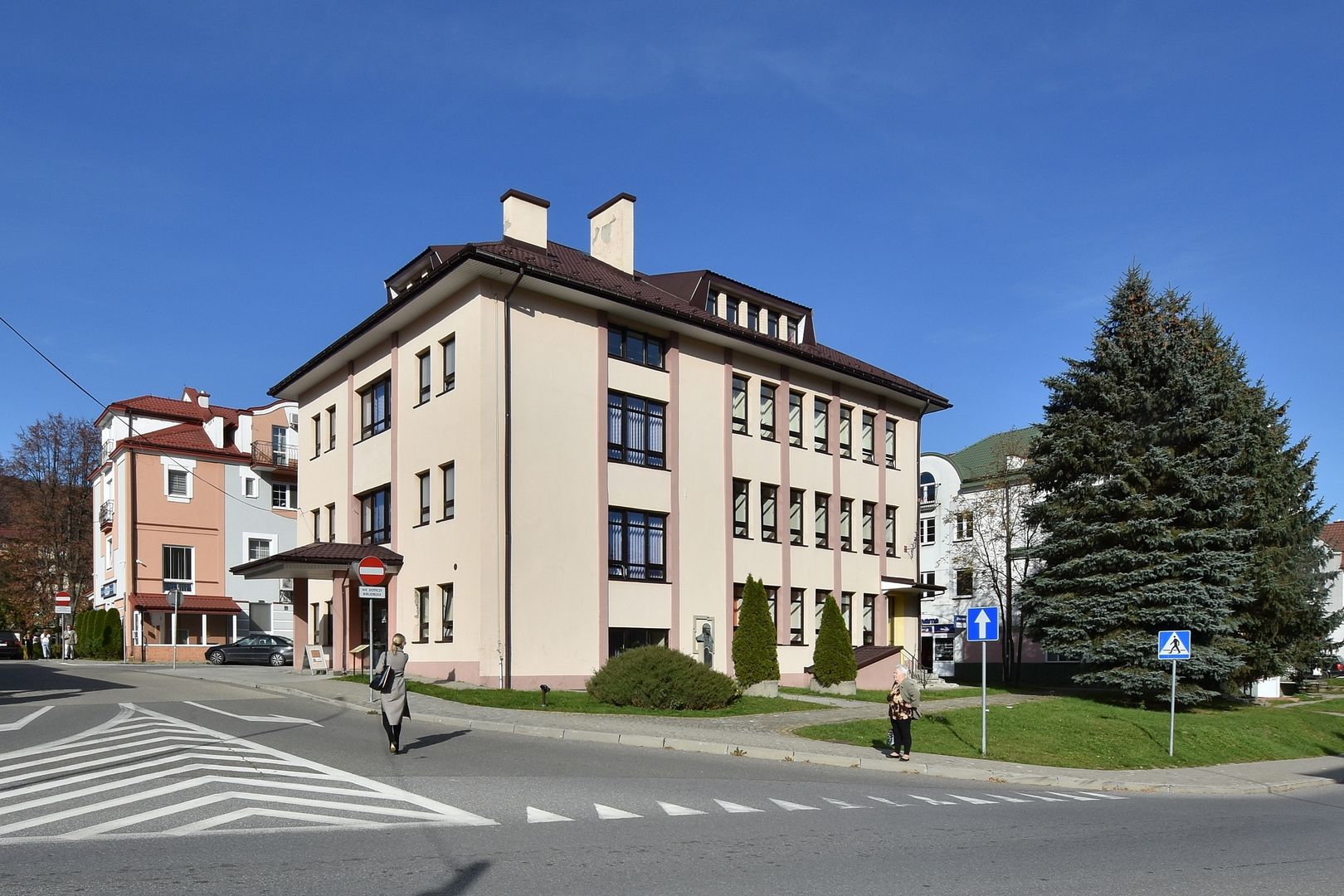Lower Ustrzyki
7.04

Overview
Ustrzyki Dolne is a town in the Podkarpackie Voivodeship, serving as the seat of the Bieszczady County, situated on the Strwiąż River. The history of the locality dates back to the 16th century when it was a village under Wallachian law, with its municipal charter granted after 1727. The town has a turbulent past, having been under Soviet occupation from 1944 to 1951, and its strategic defensive importance grew during both World War I and World War II. Ustrzyki Dolne is known for its architecture, including the neo-Gothic Church of the Blessed Virgin Mary, Queen of Poland, built between 1909 and 1911, and the Baroque Sanctuary of Our Lady of Rudki from 1740. The town also features historic Orthodox churches and former synagogues, reflecting the region's religious diversity. Significant historical events took place in Ustrzyki Dolne, such as the farmers' strike in 1981, which led to the signing of the Rzeszów-Ustrzyki Agreements, influencing farmers' rights in Poland. Culturally, the town offers museums like the Museum of Milling and the Village and the Natural History Museum of the Bieszczady National Park, as well as diverse tourist trails. Ustrzyki Dolne is renowned for its developed skiing infrastructure, often regarded as the "winter capital" of the region, with nearby ski resorts such as Gromadzyń and Laworta. The town actively participates in sports life, hosting the football club MKS Bieszczady and a modern swimming and recreational complex. Ustrzyki Dolne is rich in historical and cultural treasures, attracting tourists interested in both excellent winter sports conditions and the region's rich history.
Location
You can also find here:
2025 Wizytor | All Rights Reserved
